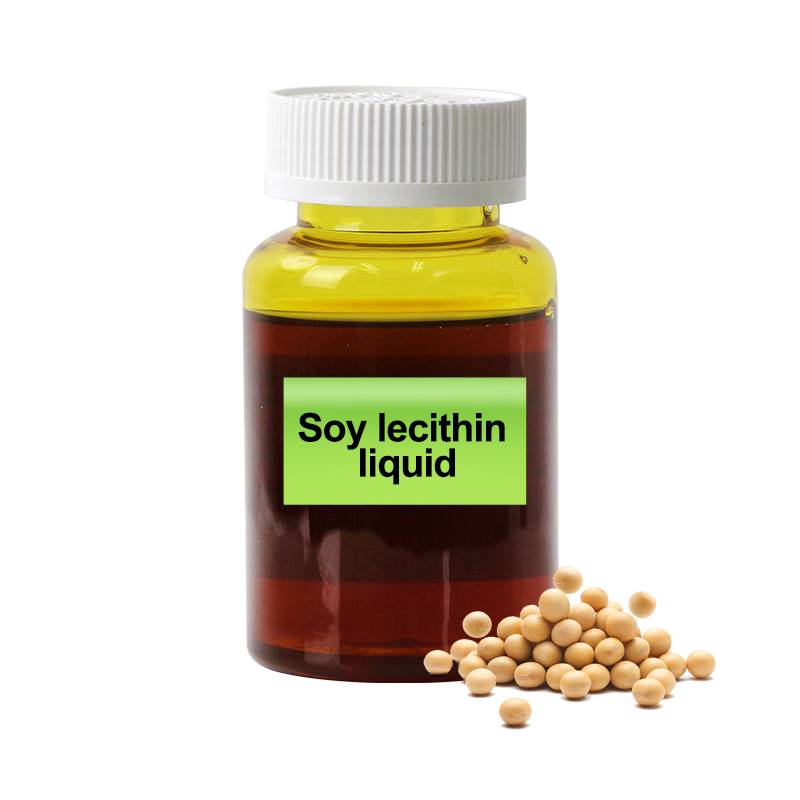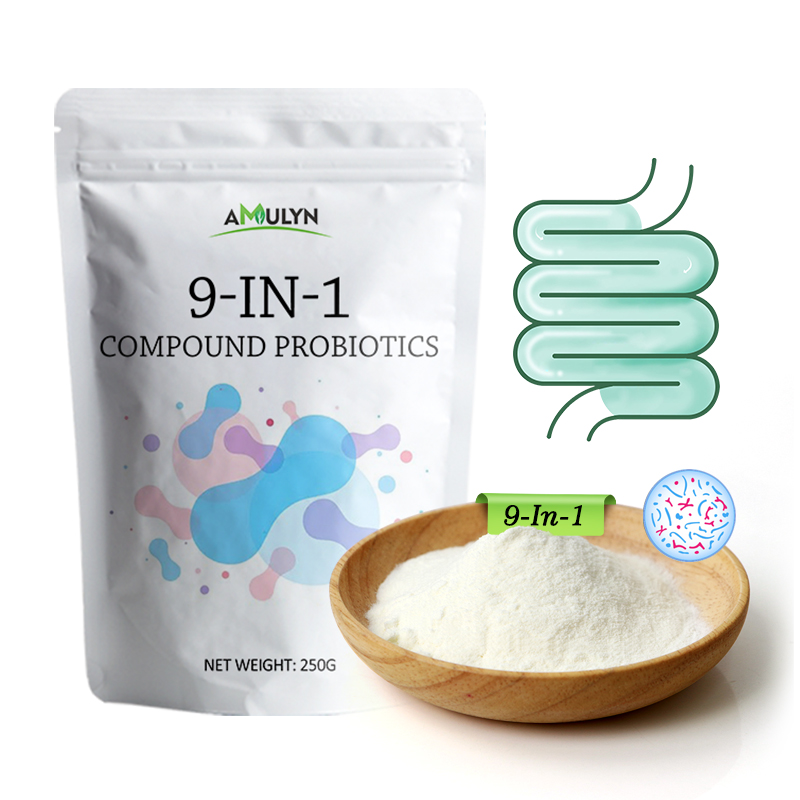Unnaturally Bright or Artificial Color
One of the most telling signs of low-quality or fake matcha is its color. Genuine matcha should have a vibrant, deep green hue. This natural color comes from the chlorophyll in the tea leaves, which is preserved through careful processing.
However, some unscrupulous sellers may add artificial dyes to make their product look more appealing. If the matcha appears unnaturally bright or has a fluorescent tinge, it's likely not the real deal. Authentic matcha has a rich, matte green color that is uniform throughout.
Color Comparison
|
Aspect
|
Good Matcha
|
Low-Quality Matcha
|
|
Color
|
Deep, vibrant green
|
Unnaturally bright or fluorescent
|
|
Texture
|
Fine and smooth
|
Coarse or gritty
|
|
Taste
|
Sweet, umami-rich
|
Bitter or off-flavors
|
Suspiciously Low Price
Quality matcha is a premium product that requires meticulous cultivation, harvesting, and processing. These steps are labor-intensive and time-consuming, which contributes to its higher price point.
If you come across matcha that is significantly cheaper than other options, it's wise to be cautious. Cheaper matcha might be made from lower-grade tea leaves or even adulterated with other ingredients to cut costs.
Remember, you often get what you pay for, and true matcha is worth the investment for its superior taste and health benefits.
Missing or Vague Packaging Information
When purchasing matcha, the packaging can tell you a lot about the product's quality. Reputable matcha brands will provide detailed information on the packaging, including the origin of the tea leaves, the processing methods, and any certifications (such as organic).
If the packaging is vague or lacks essential details, it could be a red flag. Authentic matcha should also have a clear expiration date and storage instructions to ensure freshness.
Key Information to Look for on Packaging
|
Information
|
Why It's Important
|
|
Origin
|
Indicates the quality and type of tea leaves used.
|
|
Processing Methods
|
Ensures the matcha is made using traditional and high-quality techniques.
|
|
Certifications
|
Verifies the product meets certain standards for quality and safety.
|
|
Expiration Date
|
Guarantees the matcha is fresh and has not lost its potency.
|
|
Storage Instructions
|
Helps maintain the matcha's quality and flavor.
|
Off or Bitter Taste Without Sweetness
The taste of matcha is another crucial indicator of its quality. High-quality matcha has a complex flavor profile that includes sweetness, umami, and a slight astringency.
This sweetness comes from the natural sugars in the tea leaves, which are preserved through careful shading and processing. If the matcha tastes overly bitter or has off-flavors, it might be made from old or poor-quality leaves.
A good matcha should have a balanced taste that is both refreshing and satisfying.
Coarse or Gritty Texture
The texture of matcha is a direct result of the grinding process. High-quality matcha is ground into an ultra-fine powder using traditional stone mills.
This fine texture allows the matcha to dissolve easily in water or milk, creating a smooth and creamy beverage. In contrast, low-quality matcha may have a coarse or gritty texture, which can make it difficult to mix and leave an unpleasant mouthfeel.
When shopping for matcha, try to feel the powder between your fingers to check for smoothness.
Texture Comparison
|
Aspect
|
Good Matcha
|
Low-Quality Matcha
|
|
Feel
|
Smooth and fine
|
Coarse or gritty
|
|
Mixability
|
Dissolves easily
|
Difficult to mix
|
|
Mouthfeel
|
Creamy and smooth
|
Grainy and unpleasant
|
The Composition: Absolute Purity
Matcha is a pure, powdered form of green tea, and its composition should reflect that. High-quality matcha contains only finely ground tea leaves, with no additives or fillers.
Some lower-quality products may include ingredients like sugar, artificial flavors, or even other types of tea powders to enhance the flavor or reduce costs.
Always check the ingredients list to ensure you're getting pure matcha. Authentic matcha should have a single ingredient: green tea leaves.
Ingredients to Avoid
|
Ingredient
|
Why to Avoid
|
|
Sugar
|
Adds sweetness but masks the natural flavor of matcha.
|
|
Artificial Flavors
|
Not natural and can indicate low-quality tea leaves.
|
|
Other Tea Powders
|
Reduces the purity and quality of the matcha.
|
Good Matcha vs. Lower Quality Matcha
When comparing good matcha to lower quality matcha, the differences are often quite apparent.
Good Matcha
-
Made from the youngest, most tender tea leaves
-
Carefully shaded before harvesting
-
Rich green color
-
Fine texture
-
Balanced flavor profile
-
Pure green tea leaves only
Lower Quality Matcha
-
Made from older, tougher leaves
-
Less meticulous processing
-
Unnaturally bright or dull color
-
Coarse, gritty texture
-
Bitter, off-flavors
-
May contain additives, fillers, or other teas
Comprehensive Comparison Table
|
Aspect
|
Good Matcha
|
Lower Quality Matcha
|
|
Leaf Quality
|
Young, tender leaves
|
Older, tougher leaves
|
|
Processing
|
Carefully shaded, stone-ground
|
Less meticulous processing
|
|
Color
|
Deep, vibrant green
|
Unnaturally bright or dull
|
|
Texture
|
Fine, smooth
|
Coarse, gritty
|
|
Taste
|
Sweet, umami-rich, balanced
|
Bitter, off-flavors
|
|
Ingredients
|
Pure green tea leaves
|
May contain additives, fillers, or other teas
|
In Summary: How to Choose the Right Matcha
Choosing the right matcha can seem daunting, but with a few key tips, you can make an informed decision:
-
Look for matcha with a deep green color and a fine, smooth texture
-
Check the price to ensure it aligns with the quality you expect
-
Examine the packaging for detailed information about the product's origin, processing methods, and certifications
-
Taste the matcha to ensure it has a balanced flavor profile with natural sweetness
-
Always check the ingredients list to confirm you're getting pure matcha
By following these guidelines, you can enjoy the authentic taste and health benefits of high-quality matcha.
 Koicha Ceremonial Grade Matcha Powder
Koicha Ceremonial Grade Matcha Powder Organic Ceremonial Grade Matcha Powder
Organic Ceremonial Grade Matcha Powder Premium Beverage Grade Matcha Powder
Premium Beverage Grade Matcha Powder Everyday Culinary Grade Matcha Powder
Everyday Culinary Grade Matcha Powder Organic Instant Pure Matcha
Organic Instant Pure Matcha Soy Lecithin Powder
Soy Lecithin Powder Sunflower Lecithin Powder
Sunflower Lecithin Powder Soy Lecithin Granules
Soy Lecithin Granules Phosphatidylcholine
Phosphatidylcholine  Phosphatidylserine
Phosphatidylserine Soy Lecithin Liquid
Soy Lecithin Liquid Reishi Mushroom Powder
Reishi Mushroom Powder Lion's Mane Mushroom Powder
Lion's Mane Mushroom Powder Cordyceps Sinensis Powder
Cordyceps Sinensis Powder Chaga Mushroom Powder
Chaga Mushroom Powder Shiitake Mushroom Powder
Shiitake Mushroom Powder Cordyceps Militaris Powder
Cordyceps Militaris Powder


























































